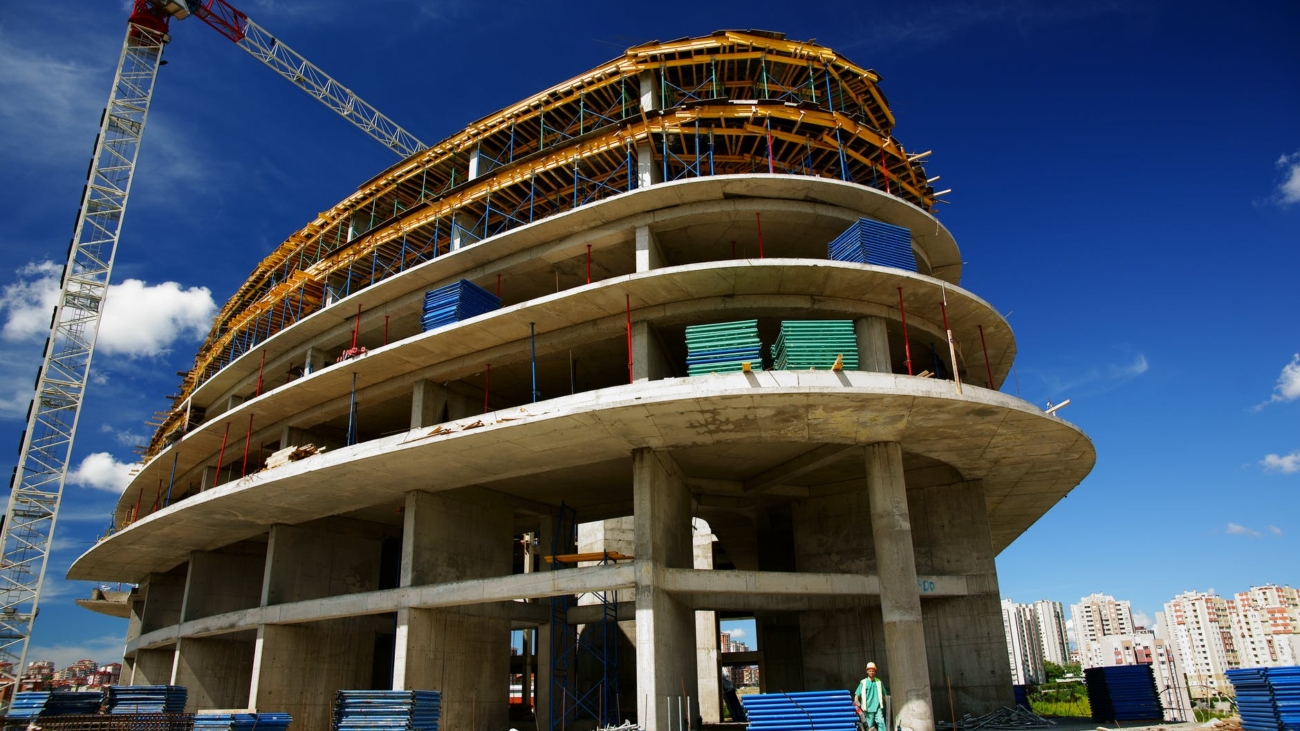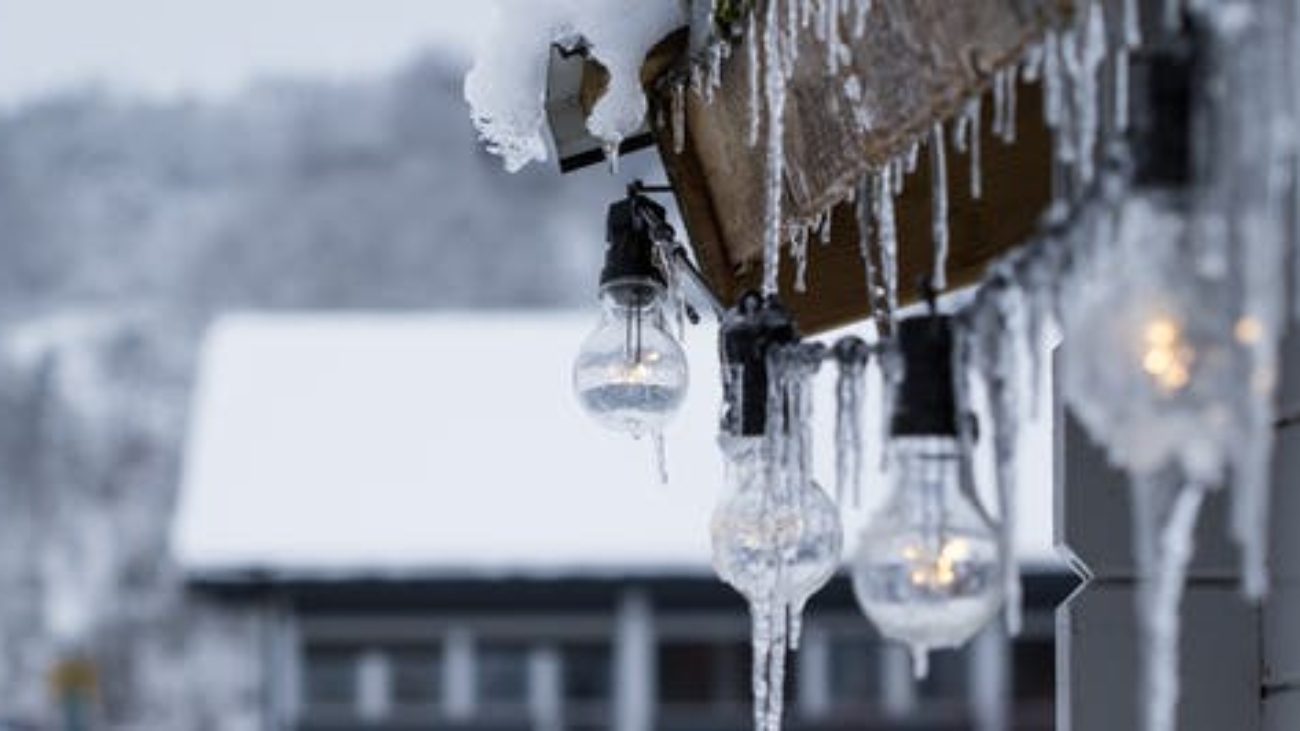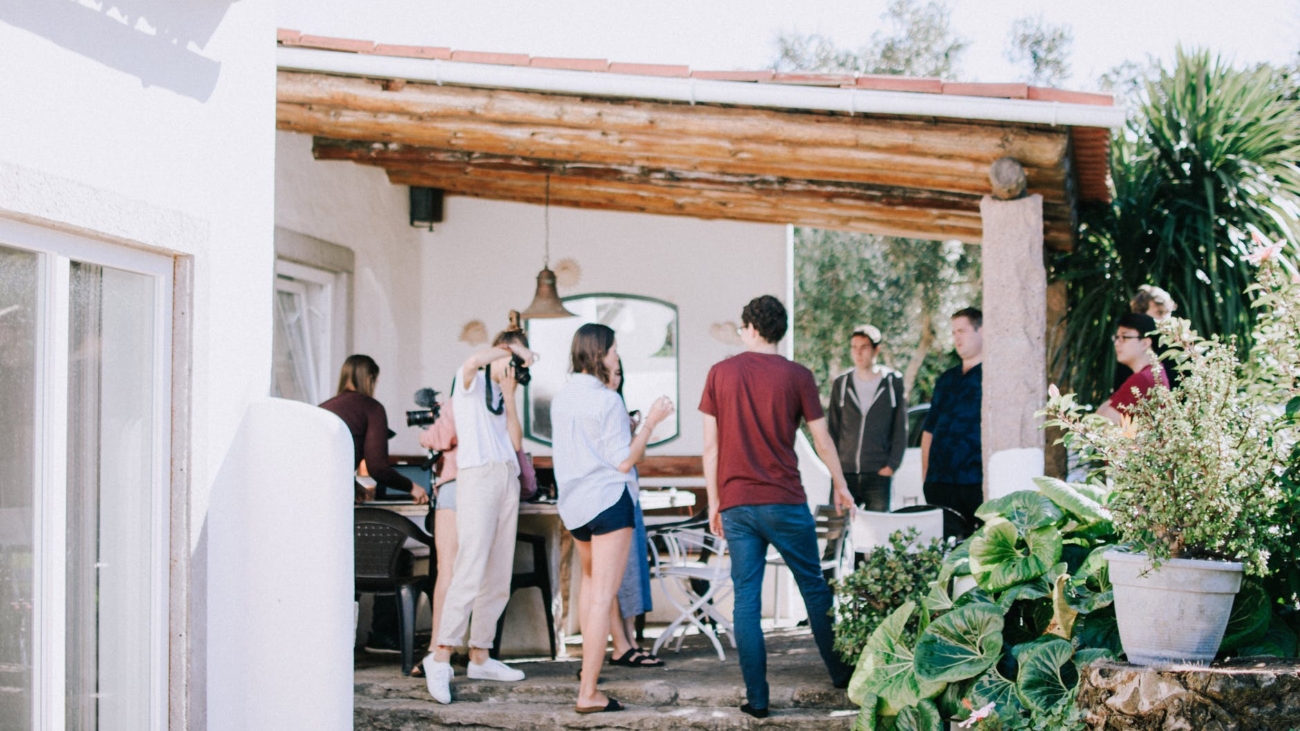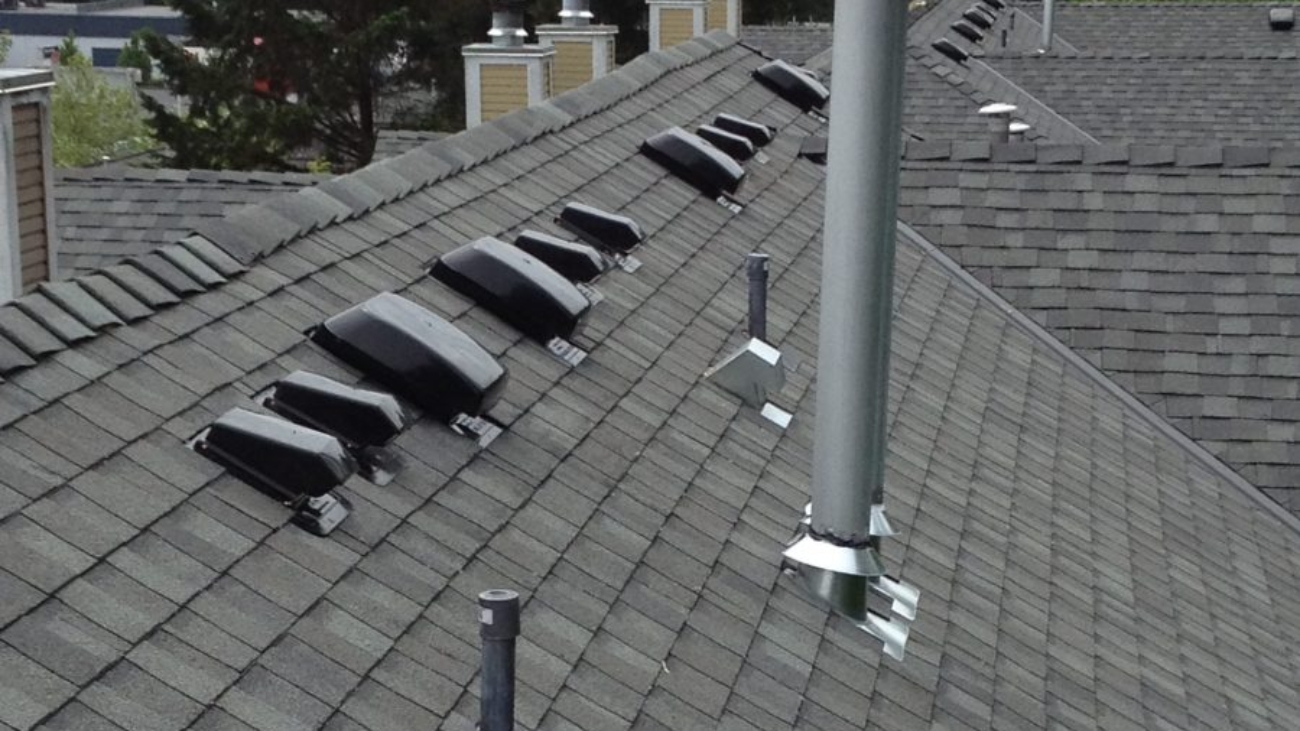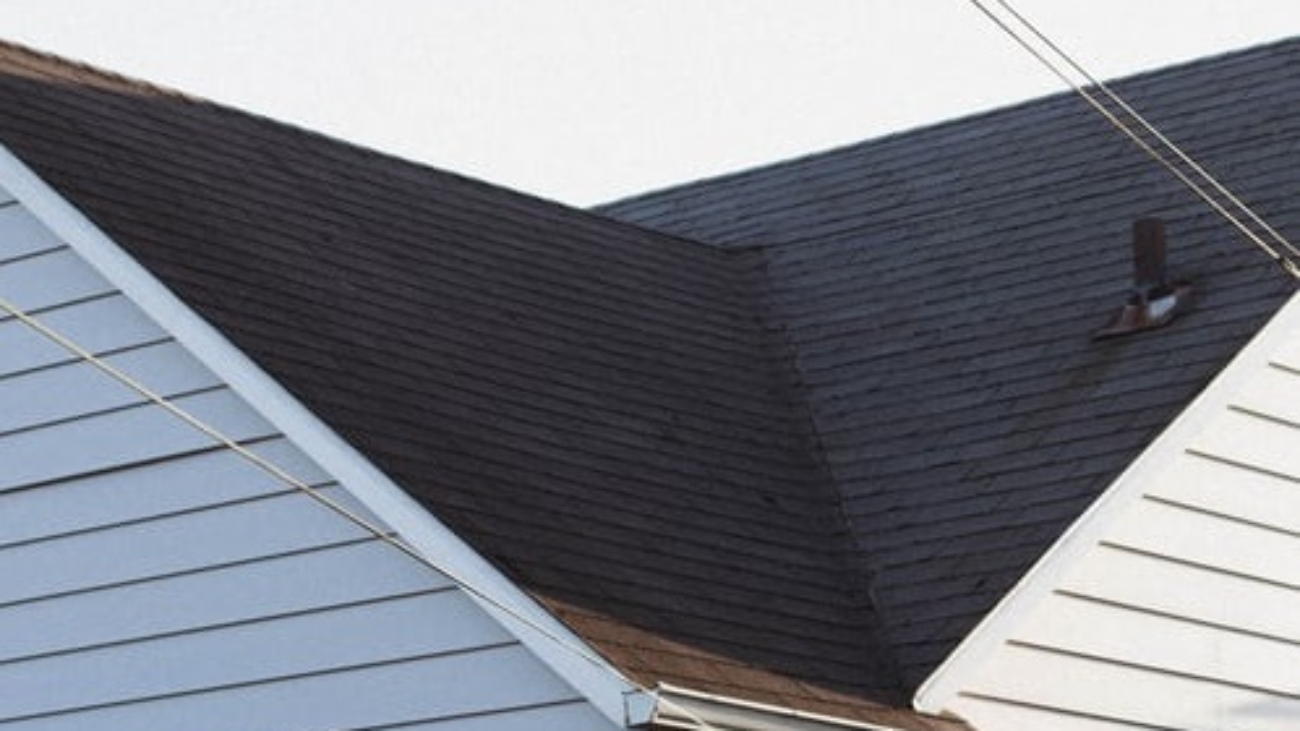Give a step forward learning common roofing terms in advance! Replacing or fixing your roof means that you’re about to hear industry-specific terms from the roofing contractor.
Yes, you’re most probably unfamiliar with most of these terms, but you can always ask the roofer to expound. Nevertheless, it’s helpful to learn some roofing terminologies on your own so that you won’t feel overwhelmed. All it takes is to read this guide.
Common Roofing Terms
There are thousands of roofing terms, and one post isn’t enough to tackle them all. So, we stick to the most common ones for the typical property owner. It makes sense to start with the five popular roofing options in North America:
Asphalt Roof
Shingles made from asphalt are by far the most preferred residential roofing material in this part of the world.
Fiberglass reinforces the new iteration for extended life. Fortunately, the price remains competitive, which is why an asphalt roof never goes out of style.
Wood and Cedar Shake
Wood shingles are as competitive as asphalt in pricing, but its advantage is its aesthetic value. In other words, it looks more pleasing than the conventional asphalt roof, thanks to the rustic and natural appearance.
Metal Roof
Roofs in metal are better to resist extreme weather all year. As metal is resilient and resistant to severe conditions, i.e., snow, strong winds, and torrential rain. Metal roofs in North America come in two styles: shingles and panels. The material composition can be aluminum, copper, stainless steel, and zinc.
Tile and Slate
Tile and slate make for an ideal customized and DIY roof as they’re versatile and come in a handful of colours. Unlike asphalt and metal, tile and slate roofing materials are light enough for a DIY enthusiast or a handyman to install.
Rubber
The purpose of a roof made from rubber material is to mimic the asphalt shingle. It’s the newest roofing material available in North America and is causing quite the stir because of its competitive price and durability.
Aside from the types of roof, there’s a handful of common terms in roofing you should know:
1. Course
Refers to a row of shingles or other roofing materials that run horizontally across the structure’s length.
2. Decking
The roof’s decking is a sheet material usually made from plywood. It is attached to the rafters, which in turn is found in the attic. The decking serves as the host for other roofing materials, i.e., shingles and underlayment.
3. Downspout
This part of the roof comes in the form of a pipe installed to the building’s sides. Its purpose is to direct water from the gutters and away from the structure.
4. Drip Edge
It’s an L-shaped metal strip situated along the edges of the roof. It allows the water to drip, preventing a possible buildup in the eaves, siding, and decking. The drip edge is also responsible for preventing moisture penetration in the fascia boards.
5. Chalk
In roofing, chalk refers to a powdered residue applied on the surface of a material.
6. Chalk Line
It is a line purposely made on the roofing structure by snapping a cord wrapped in coloured chalk. Depending on the roof material, some contractors use a taut string instead. The idea of a chalk line is to provide a guide for alignment purposes.
7. Chalking
The term pertains to the degradation of a chemical ingredient used in roofs, such as coating and paint.
8. Chimney
The chimney is a structure that projects through and above the roof for aesthetic and practical purposes. Wood, stone, metal and masonry are the most common materials to build chimneys.
9. Fascia
Those boards exposed on the roof eaves or overhang’s front edge make up the fascia. The boards are typically made from wood, vinyl, or aluminum. The gutters can’t be adequately installed without the fascia.
10. Flashing
The flashing is a sheet metal material that prevents water from penetrating through the projection and intersections in a roofing system.
Contractors install flashing to protect the chimneys, valleys, joints, vent pipes, and other parts of the roof where water naturally finds its way through.
11. Gutter
The gutters are troughs embedded in the fascia board. Guttering is crucial for collecting water run-off from the roof, leading to the downspouts and the ground.
12. Ice Dam
This describes a condition in which the combination of ice and snow thaws and re-freezes at the roof’s lower edge.
Ice dams cause water to back up and collect under the shingles. The pressure created by the buildup of water causes leaks and extensive water damage if not addressed.
13. Overhang
“Overhang” is the part of the roof which extends beyond the exterior walls of the building or house.
14. Rafters
The rafter provides support to the roof. It is the one you see in an unfinished ceiling of an attic. As raffers are attached to the roof deck, they play a critical role.
15. Ridge
The ridge describes the top edge of a couple of intersecting sloping roof surfaces.
16. Valley
The roof valley is an area where two adjoining sloped planes meet. It’s easy to spot since it creates a “V-shaped” depression on the roof.
Knowledge of common roofing terms comes in handy when you’re venturing on a repair, installation, or replacement project.
It protects you from getting ripped off by a mischievous roofer, and it helps you find the best roofing contractor by sharing educated conversations with them.

